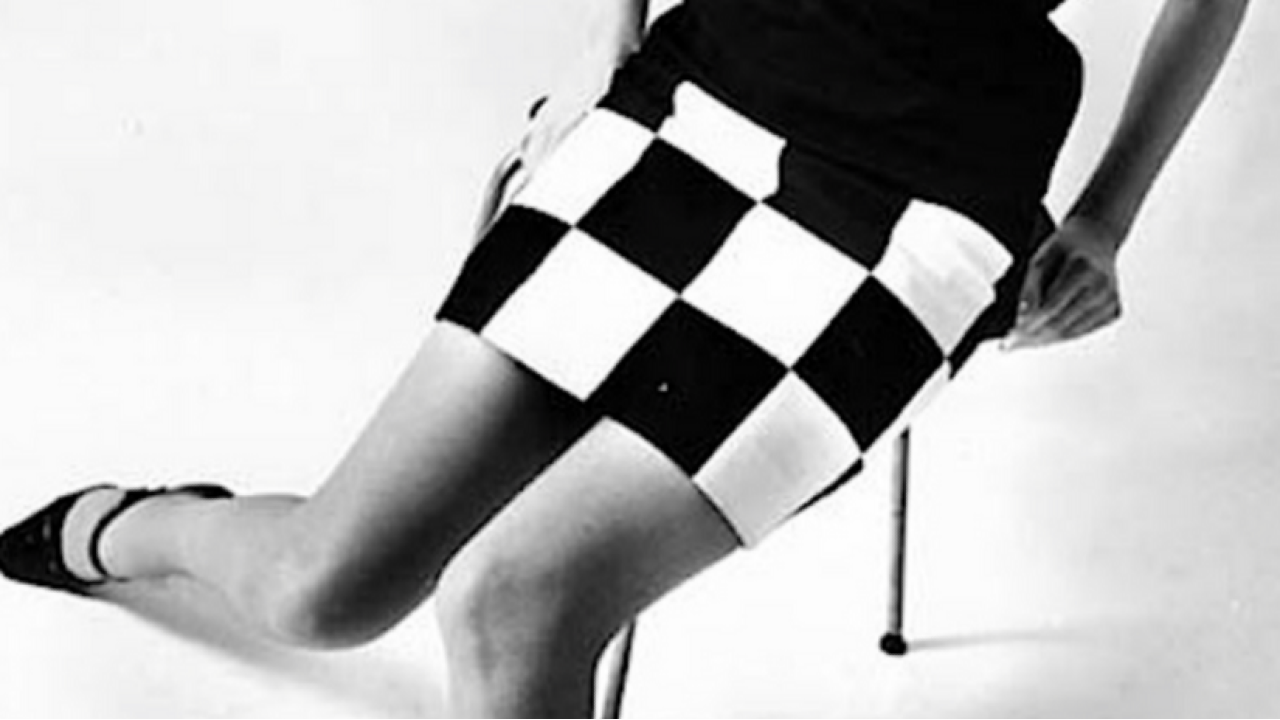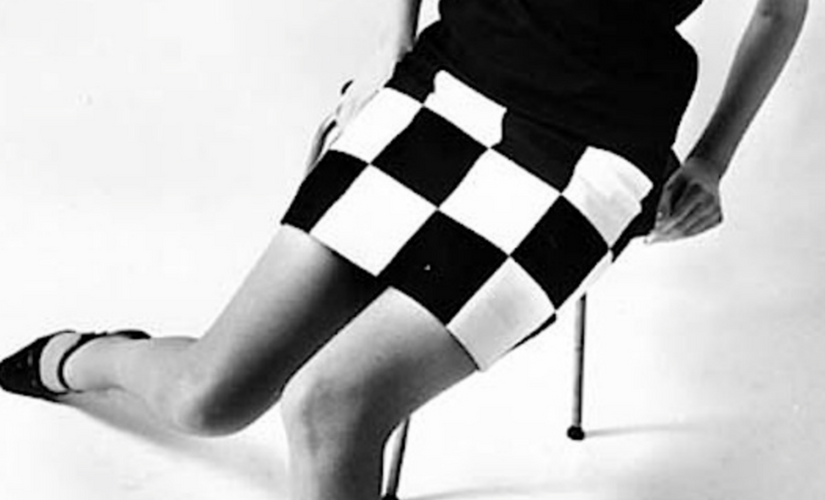AllVintageStyles
Vintage fashion encyclopedia
Mini Skirt


A 1960s mini skirt is an above-knee length skirt that revolutionized women's fashion through London's mod movement, representing youth rebellion against conservative dress codes and becoming a symbol of 1960s liberation and cultural change.
Quick Facts
- Era: 1960s (peak popularity 1964-1968)
- Origin: London, England (mod culture and designer Mary Quant)
- Garment Type: Above-knee length skirt
- Key Identifiers: Hemline 4+ inches above knee, A-line or straight cut, youthful proportions
- Typical Resale Price: $40-$200 (authentic vintage pieces)
- Best For: Mod enthusiasts, 1960s fashion collectors, and youth culture styling
History & Evolution
The mini skirt emerged from London's mod scene in the early 1960s, with designer Mary Quant credited as its primary creator around 1964. The dramatically short hemline represented a radical departure from conservative fashion norms, embodying the decade's youth rebellion and rejection of traditional feminine dress codes that had dominated previous generations.
The style exploded internationally by 1965-1966, coinciding with the "youthquake" movement that prioritized young people's fashion preferences over adult approval. Models like Twiggy and Jean Shrimpton popularized the look through fashion magazines and media coverage, making the mini skirt synonymous with Swinging London and the broader cultural revolution of the decade.
The mini skirt's widespread adoption was facilitated by the invention of pantyhose, which provided modesty and practicality impossible with traditional stockings and garter belts. By 1967, the style had become mainstream despite initial moral outrage and social controversy. Today, authentic 1960s mini skirts are prized for their historical significance in fashion liberation and representation of the decade's revolutionary youth culture.
Authentication Tips
Authentic 1960s Features:
- Above-knee hemline that was considered shocking for the era
- Simple construction with minimal details emphasizing the revolutionary length
- Period-appropriate fabrics like wool, cotton, or early synthetic blends
- Mod-era proportions with A-line or straight cuts typical of youth fashion
- Vintage sizing that tends to run smaller than contemporary measurements
Common Reproductions/Modern Pieces:
- Contemporary stretch fabrics or materials not available in 1960s production
- Modern fitted cuts that add body-consciousness foreign to original mod aesthetic
- Hemlines that don't achieve the authentic shock value of original 1960s proportions
- Poor quality construction lacking the substantial feel of vintage garments
- Contemporary design details that contradict the simple mod aesthetic
Styling & Use Cases
- Best for mod enthusiasts: Pair with go-go boots, geometric tops, and bold tights for authentic 1960s London styling
- Ideal for youth culture styling: Style with fitted sweaters and knee-high socks for classic mod schoolgirl aesthetics
- Perfect for 1960s collectors: Combine with period-appropriate accessories to showcase the skirt's revolutionary cultural impact
Modern styling tips:
- Wear with contemporary fitted tops to balance the skirt's short length with modern proportions
- Pair with ankle boots or contemporary footwear for updated mod-inspired casual looks
- Layer with tights or leggings for modest contemporary styling while maintaining vintage silhouette
FAQ
Q: How can I tell if a mini skirt is authentic 1960s vintage?
A: Look for above-knee hemlines that were shocking for the era, simple construction emphasizing length, period-appropriate fabrics, mod-era proportions, and vintage sizing. Authentic pieces show the revolutionary proportions that defined 1960s youth fashion.
Q: What's the typical price range for vintage 1960s mini skirts?
A: Authentic vintage mini skirts range from $40-$200 depending on designer, fabric quality, and condition. Pieces by notable 1960s designers or with exceptional mod-era details command higher prices among collectors.
Q: How should I care for a vintage 1960s mini skirt?
A: Check fabric content and care accordingly - wool pieces should be dry cleaned while cotton can often be gently machine washed. Store hanging or folded to prevent creasing and maintain the skirt's structure.
Q: What makes 1960s mini skirts valuable to collectors?
A: Their revolutionary impact on fashion and social norms, representation of 1960s youth culture and women's liberation, association with mod fashion and Swinging London, and embodiment of the decade's rejection of conservative dress codes and embrace of youth-driven cultural change.
📷: Contrado
